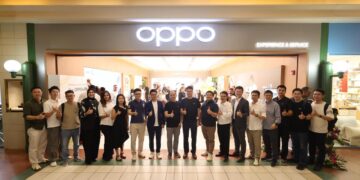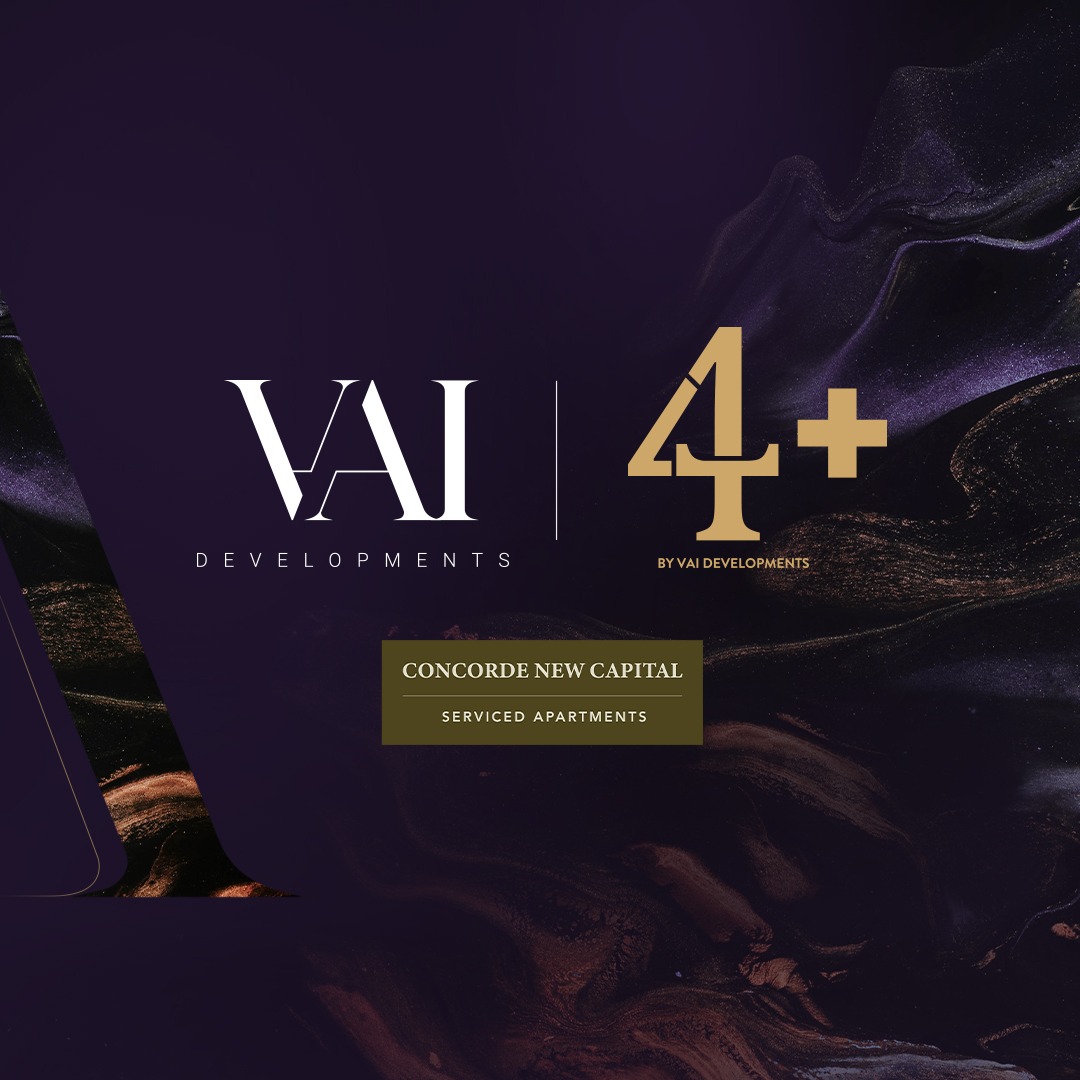From An Idea to Impact: Igniting Innovation to Thrive in Today’s Digital Economy
Font size
Mohammed Amin, Senior Vice President, Central Eastern Europe, Middle East, Turkey, Africa (CEEMETA) Dell Technologies.
It’s no secret innovation is indispensable. It inspires creativity, collaboration, and change. Without it, companies would struggle to keep up, embrace market shifts or deliver the next big breakthrough. Simply put, it is the currency that drives today’s digital economy.
According to a study by Straits Research, the global innovation management market is projected to grow at a CAGR of 16.4 %, from USD 1.5 billion in 2021 to USD 6.2 billion by 2023. Despite the positive outlook, the question still needs to be answered: What is stopping organizations from advancing the ball on their innovation initiatives?
In today’s disruptive world, to be able to innovate and emerge as a digital leader, businesses need to have the right people, processes, and technologies in place. This is often not simple as it seems, and very often, the prevailing takeaway is an out-of-balance people, process, and technology alchemy.
This outlook was evident in the 2023 Dell Technologies Innovation Index study, which revealed that 71% of business leaders are more inclined to favor their own ideas while only around half (52%) are aligning innovation projects to company goals. Even fewer (46%) are analyzing what didn’t work or carrying those lessons forward. Worryingly, 57% believe their technology is not cutting-edge and fear falling behind their competitors.
So, what must businesses do to cultivate an innovative mindset as we move into the digital economy?
At Dell Technologies, we believe that one of the most meaningful and effective ways is by empowering innovators to make a direct difference in people’s everyday lives. This means leaders need to look into their business’ readiness and maturity to innovate and where they need to double-down. Innovation can only be truly harnessed when the people, process and technology transformation are uniformly applied across an organization’s practice.
A people-led business
64% say their company’s culture is holding them back from being as innovative as they want to be. True innovation begins with empathetic leadership, and technology that frees people from unfulfilling tasks. Business leaders need to democratize innovation and encourage employees to discover the innovator in each of them. What companies often fail to understand is that successful transformation is about so much more than hardware and software. Most organizations will readily attest to the need for technology transformation to be accompanied by workforce transformation and development of human business skills. Unfortunately, there is no one-size-fits-all solution to enable businesses to future-proof their workforces. It is critical for companies to ensure that their learning framework extends beyond standard training and development to also include a continued-learning plan, which sets the organization as well as the individual on the road to transformation.
An end-to-end process
Today, data is a big differentiator, and organizations can achieve breakthroughs with real-time data and decisions. However, just 26% of decision-makers say all their innovation decisions are based on data. A lack of a well-defined implementation process is often a key barrier to prioritizing innovation-focused projects. An innovation mindset can only survive when businesses use available data and insights to meticulously build an end-to-end, ideation-to-execution process.
Technology, a catalyst for growth
Despite the fast-paced shifts across the global economies, many businesses still don’t regard technology as an agent of change. One barrier is IT complexity, where adopting new technologies can be considered cumbersome and expensive. However, with the widespread availability of pay-per-use consumption models, businesses of all sizes can align their innovation goals with agility, simplicity and purpose. Across our CEEMETA markets, the as a service approach offers rewarding growth opportunities and has proven to be a real game changer for our customers. It is a critical enabler in sizing an organization’s existing IT needs while ensuring availability, performance and most importantly, accelerating future scalability.
The impact of emerging technologies cannot be ignored
Transformation is occurring at many different layers across the information technology stack. With new technologies emerging at each of these different layers, organizations need to be able to navigate these technology inflections to create an innovation ecosystem that optimizes their business for a digital future, supports better customer outcomes, and minimizes the risk of digital disruption by competitors.
In summary
Innovation is essential to driving long-term business success and finding new ways to do old things. From healthcare to manufacturing, oil & gas to the retail sector, technology led innovations are driving transformative shifts that are impacting profitability and enhancing customer loyalty and trust.
Innovation comes in many shapes and sizes, and businesses must embrace them all. Every idea can make a difference. But these ideas must be heard, appraised and facilitated with the right technology and processes. From a bright spark to innovation to a meaningful impact, the journey might be long, but as Albert Einstein once said, “If you always do what you always did, you will always get what you always got.”
Now is the time for us as business leaders, employees and consumers to look ahead, harness the right tools, and do things differently.












